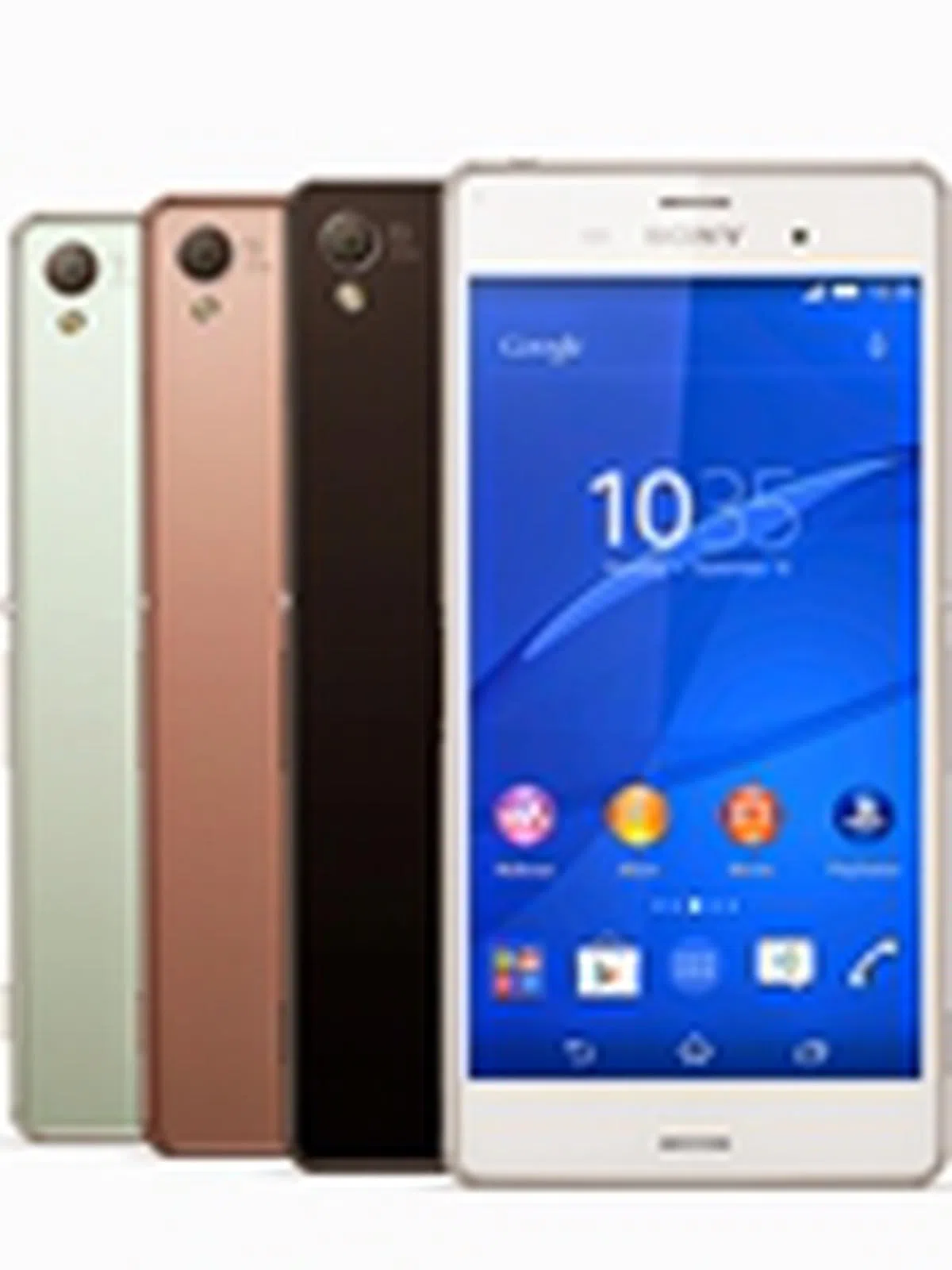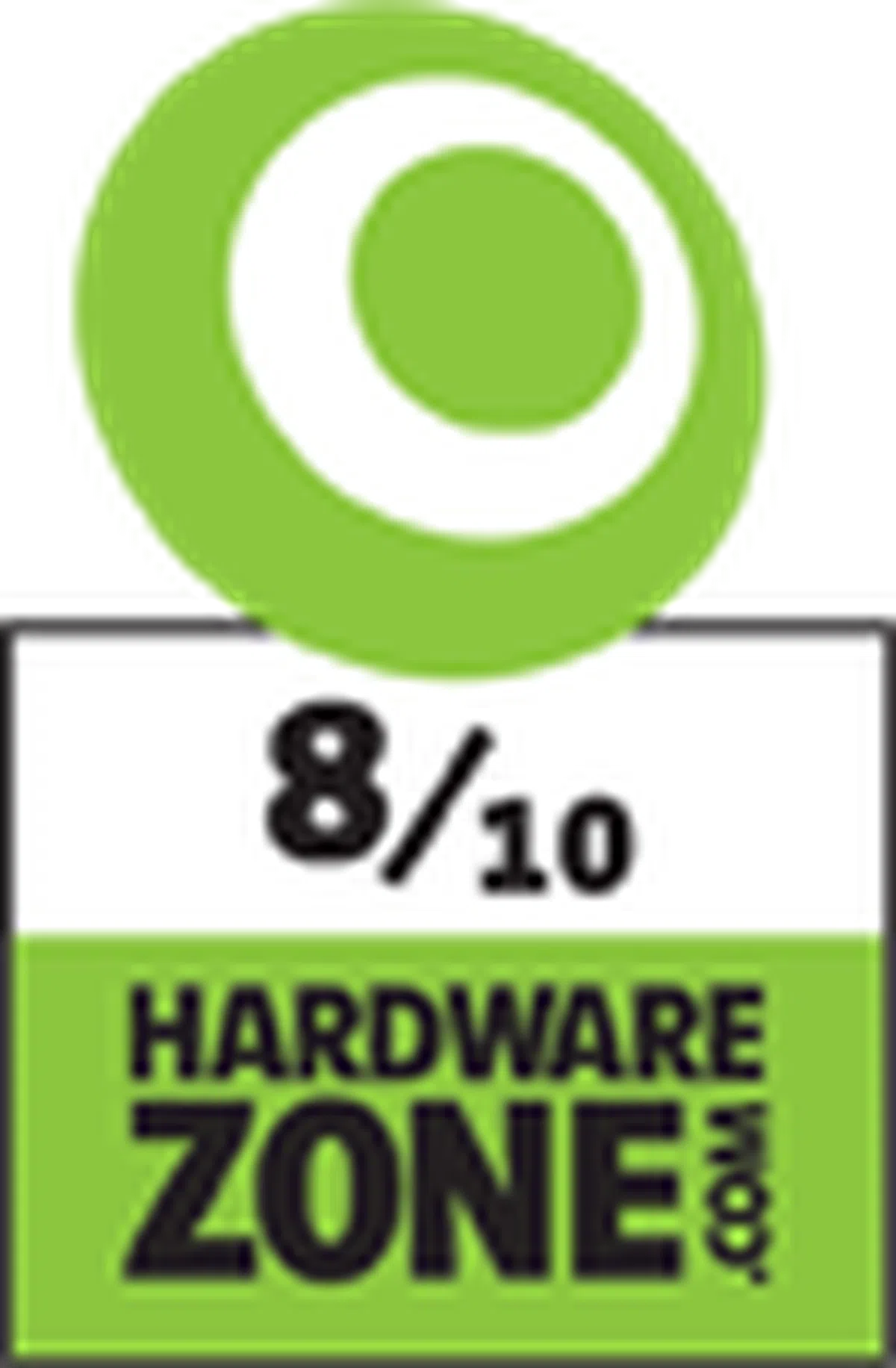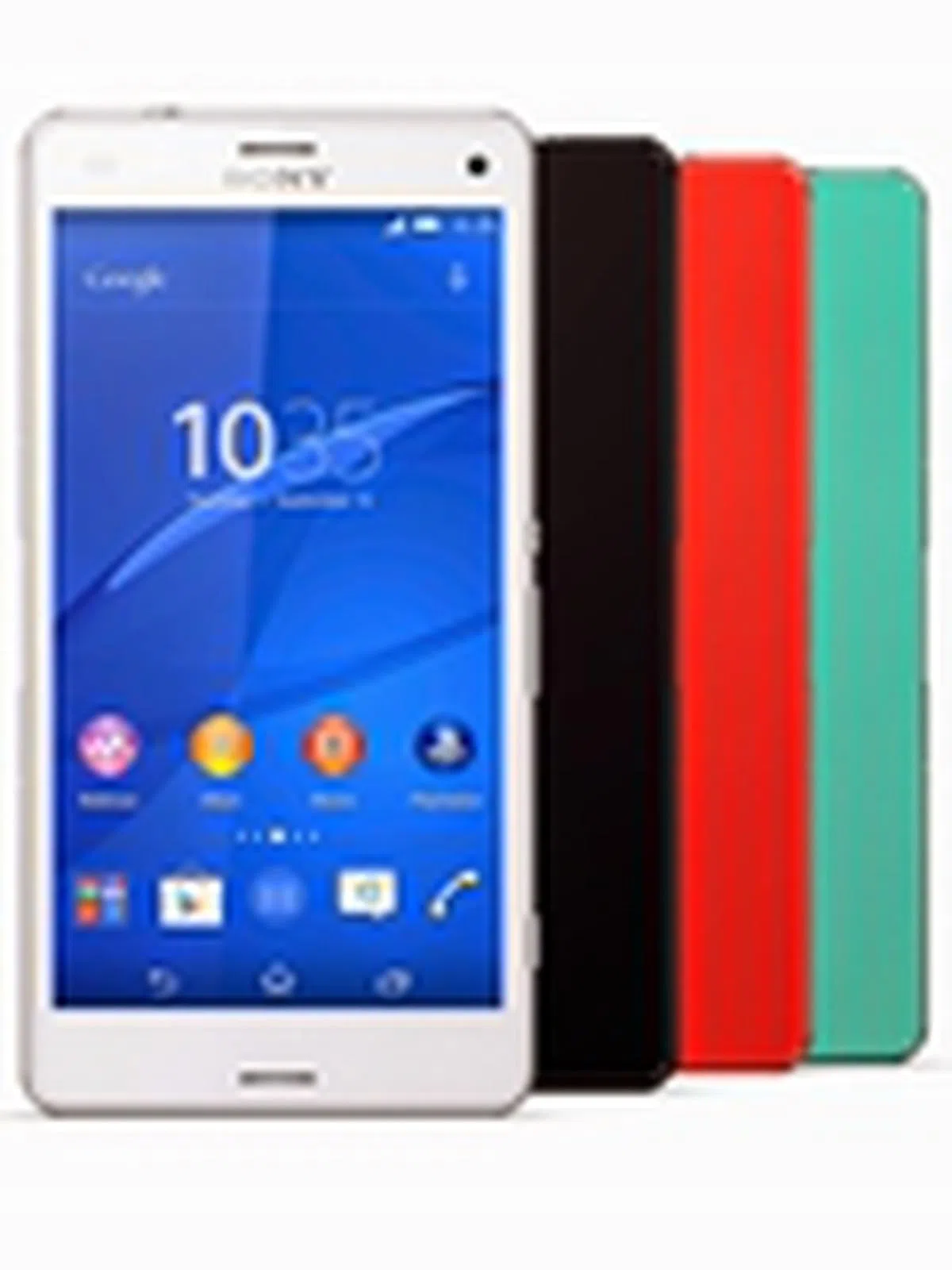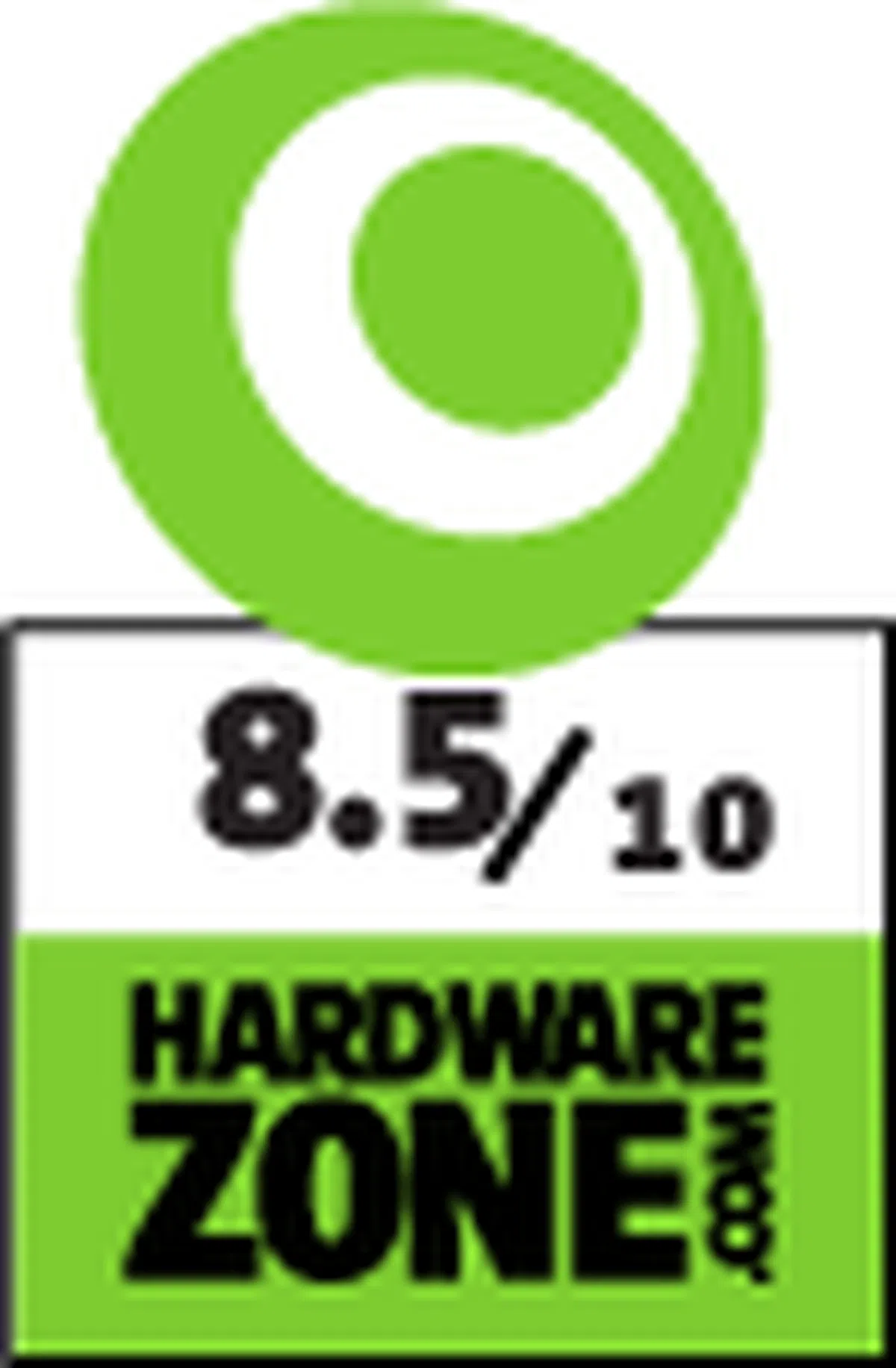Sony Xperia Z3 and Z3 Compact: Good performance in two different packages
Following the retail of Samsung's Galaxy Note 4 and Apple's iPhone 6 devices, Sony's six-month refresh cycle sees the availability of the Xperia Z3 and its smaller counterpart, the Z3 Compact. Competition in the market is fiercer than ever, but how do the new Sony smartphones fare? We have the details for you!
Overview

You should be no stranger to Sony's strategy of releasing new flagship smartphones on a six-month cycle. Earlier this year at Consumer Electronics Show 2014, Sony unveiled the 4.3-inch Xperia Z1 Compact and subsequently introduced the 5.2-inch Xperia Z2 at Mobile World Congress 2014.
Just a month ago at IFA 2014, Sony took the wraps off the successors of the two devices - the Xperia Z3 and Z3 Compact. The timing was right; Apple announced two bigger iPhone 6 models weeks later and the pair of smartphones, especially the Z3 Compact, seems like the most compelling counter. Are they that good? Let's find out in this review. Below is a quick overview of their specs:
Design
(Note: We've done a hands-on article with the Xperia Z3 and Z3 Compact, so we'll only summarize the key points and additional observations here.)
After three generations of Xperia Z phones, Sony finally made some changes to the design of the new phones and the design team deserves some credits here for doing a great job. Besides sporting more rounded corners, Sony managed to reduce the height, width, thickness and weight on the Z3 even though it has the same display size as the Z2; the new model is 0.8mm shorter, 1.3mm narrower, 0.9mm thinner and 11g lighter. This also puts the Z3 in a more competitive position against the HTC One (M8) and Samsung Galaxy S5 in terms of handling.
Some bulk is also shaved off on the Z3 Compact, with the new model measuring 0.9mm thinner and 8g lighter than its predecessor. When placed alongside the Z1 Compact, you can can just about tell that the Z3 has a bigger screen (4.6-inch vs 4.3-inch) while maintaining the same form factor. This is made possible by the vastly thinner bezels.
There are also some minor changes to the design of the buttons, ports and covers. This time, they take on a more oval shape compared to the Z2 and that bodes well with the overall design from an aesthetics perspective. Having said that, Sony improved the dust protection on the Z3 devices; they are now rated IP65/68 which means the device has complete protection against dust ingress (in addition to protection against water immersion of up to 1.5 meters in depth; essentially waterproof in a general sense).

Comparing the right side of the Sony Xperia Z3 (top) and Xperia Z2 (bottom).

Comparing the left side of the Sony Xperia Z3 (top) and Xperia Z2 (bottom).

Comparing the right side of the Sony Xperia Z3 Compact (top) and Xperia Z1 Compact (bottom).

Comparing the left side of the Sony Xperia Z3 Compact (top) and Xperia Z1 Compact (bottom).

We prefer the improved aesthetics and ergonomics of the Sony Xperia Z3 and Z3 Compact. The difference between the two is the choice of materials used for the frame; the Z3 uses aluminium while the Z3 Compact utilizes smooth plastic (with a semi transparent top layer that gives the device a premium feel).
While the differences may seem insignificant, the impact on the handling of the devices is apparent. The rounded edges, thinner waistline and lighter form factors make it easier to hold the devices.

Do take note that the new Z3s use nano-SIM cards. So get ready to cut your existing SIM cards or swap them for a fee from your telco provider if you are upgrading from an older device.
The front-facing stereo speakers are also more prominent on the two new phones. Previously, they are nearly impossible to spot as they are positioned as narrow slits at the top and bottom of the front panel. Now, their presence is noticeable. Audio output is somewhat similar, although they lack the top-notch quality of HTC's BoomSound speakers.
On the back, both the Z3 phones still sport a scratch-resistant glass panel. It might be too early to pass a conclusive judgement on the durability of these glass panels, but the Z2 and Z1 Compact have plenty of scratches on their glass panels from usage over time. During the past week of usage, we have not yet noticed a scratch on the Z3 and Z3 Compact, though it's still too early to pass off a verdict. Being glass, it goes without saying that the rear of the phones attract fingerprints and smudges easily and we recommend users to buy a case. A good case can also minimize the chances of the glass shattering in the event of an accidental drop or bump. Speaking of accidental drops, both devices have nylon caps at the four corners to better protect them from getting dented/damaged easily. Still, a good case is recommended for total protection.
Features - Display
While some phone manufacturers have shifted to Quad-HD (2,560 x 1,440 pixels) displays for their flagship devices, Sony still uses a Full-HD (1,920 x 1,080 pixels) panel on the Z3. We understand from Sony that 1080p display panels are sufficient for most consumers. Based on our reviews of the LG G3, Oppo Find 7 and Samsung Galaxy Note 4, we also agree with Sony's stand; it is hard to tell the difference between a QHD and Full-HD panel unless you place them side by side. Moreover, a higher resolution display panel typically draws more power which leads to a shorter battery life. The added resolution also doesn't help much when many apps aren't even optimized for Full HD, let alone QHD.
When we compared the displays of the Z3 and Z2, we noticed that the Z3 has a much brighter display. Color accuracy seems to be better on the Z3 as the white background looks warmer compared to the Z2. Viewing angles and color contrast are good too!
The Z3 Compact retains the same HD resolution (1,280 x 720 pixels), but has a slightly bigger screen at 4.6-inches. This is an increase of 0.3-inches from the Z1 Compact and puts it just a tad smaller than the 4.7-inch Apple iPhone 6. The same can be said about the screen of the Z3 Compact; it is slightly brighter and does not exhibit a slight yellow tint as seen on the Z1 Compact's screen.

The bezel on the Sony Xperia Z3 (left) is slightly thinner than the Xperia Z2 (right).

The bezel on the Sony Xperia Z3 Compact (left) is significantly thinner than the Xperia Z1 Compact (right). That certainly helped the Z3 Compact gain a larger screen size in its small frame.
Features - Software
Similar to the recent Android smartphones, both the Z3 and Z3 Compact run on Android 4.4.4 KitKat with Sony's own overlay. While it lacks the bells and whistles offered by HTC's Sense, LG's UX interface and Samsung's TouchWiz, there are bound to be consumers who prefer a simple and uncluttered interface although we cannot deny that it is starting to look a little dated as the interface sees little change since 2013.
The only significant new software feature worth mentioning is the PS4 Remote Play, which allows you to play PlayStation 4 games on your device using the Dual Shock 4 Controller over the same Wi-Fi network. The PS4 Remote Play will be available starting from November on the Z3, Z3 Compact and Z3 Tablet Compact. In the meantime, you can check out the video below on how PS4 Remote works:-

Performance Benchmarks
The Z3 and Z3 Compact are powered by Qualcomm Snapdragon 801 quad-core 2.5GHz processor, but come with different amount of RAM. The Z3 has 3GB RAM while the Z3 Compact has to make do with 2GB RAM.
We will be comparing the Z3 and Z3 Compact against their predecessors and the new Apple iPhone 6 models. Let's take a look at the benchmarks right after this comparison table:
Quadrant Results
Quadrant evaluates a device's CPU, memory, I/O and 3D graphics performance. The two Z3 models' performance in the Quadrant benchmark is somewhat similar since they run on the same processor albeit with a slower clock speed on the Z2. The Z1 Compact slides slightly behind the pack due to the use of an older Snapdragon 800 chipset, but the disparity is hardly a concern. For comparison's sake, the HTC One (M8), Samsung Galaxy S5 and Note 4 scored 25,945, 23,169 and 24,729 points respectively.

3DMark (2013)
Originally developed as a PC benchmarking tool, 3DMark is now expanded to support multiple platforms including Android OS. The Ice Storm benchmark is designed for smartphones, mobile devices and ARM architecture computers.
For an in-depth understanding of 3DMark for Android, do head over to our article, "3DMark - Android Device GPU Performance Review." In a nutshell, it is an OpenGL ES 2.0 benchmark test that uses fixed off-screen rendering to run two graphics tests designed to stress the GPU performance of your device and a physics test to stress its CPU performance. The benchmark consists of three test portfolios:- Standard (720p resolution rendering), Extreme (1080p resolution rendering with higher quality textures and post-processing effects) and Unlimited (disabled v-sync, display scaling and other OS factors that make it ideal for chipset comparison).
Since all the recent flagship smartphones max out the scores for the Standard and Extreme tests, we will only be looking at the scores for Ice Storm Unlimited. All six devices had comparable scores in the 3DMark Unlimited benchmark and are on par with other premium devices too. What's odd is that the Z3 Compact scoring higher figures than the Z3, but given the differential we've seen across the premium devices on similar hardware specs, it's still within the acceptable range.

SunSpider Javascript
SunSpider Javascript helps measure the browsing performance of a device when processing Javascript. It not only takes into consideration the underlying hardware performance, but also assesses how optimized a particular platform is at delivering a high-speed web browsing experience. Both Z3 models have a slight improvement compared to their predecessors, but are no match for the new iPhone 6 models.

Battery Performance
Our standard battery test for mobile phones includes the following parameters:
- Looping a 800 x 480-pixel video with screen brightness and volume at 100%
- Wi-Fi and Bluetooth connectivity turned on
- Constant data streaming through email and Twitter


Based on its internal lab testings, Sony claims that the Z3 and Z3 Compact have a two-day battery life from general use. In our casual everyday usage, we can easily get 1.5 and close 2 days of usage before resorting to a phone recharging session.
When put through our formal battery-life drain testing, we feel the two Z3 models fared decently too. Although it has a smaller battery capacity compared to the Z2, the Z3 managed to outlast its predecessor by over half an hour in our formal testing. The Z3 Compact's battery mileage is only 10 minutes shorter than the Z1 Compact, but its bigger battery capacity (2,600mAh vs 2,300mAh) is offset by the slight increase in display size. It also fared better than the iPhone 6 by lasting 48 minutes longer in the same test.
If we look at the Power Consumption chart, it is evident that Sony improved the power management on the Z3 although it is debatable whether the same applied for the Z3 Compact; the latter's bigger display could have contributed to a higher power draw.
Portability
We measure the portability of a device by calculating its battery life to (weight x volume) ratio. Due to the improvements in battery life and more compact form factors, both the Z3 models scored reasonably well in the Portability Index. We see a significant improvement on the Z3 when compared to the Z2, and the Z3 Compact also did a good job by matching the iPhone 6 and outshining its predecessor.

Camera Performance
The Z3 and Z3 Compact use the same 20.7 MP camera and 1/2.3-inch Exmore RS CMOS sensor as the Z2/Z1, but Sony has thrown in a 25mm wide angle lens and raised its ISO sensitivity rating to a maximum of 12,800 which is a first for a smartphone. Do note that the rear camera can only shoot up to a maximum of 12,800 in Low Light mode for photos, ISO 3,200 in manual mode and ISO 2,000 in Night Scene mode for videos.
Sony also bundled some camera apps with the Z3 models, which are Face In, AR Fun, Movie Creator, Multi Camera and Sound Photo. You can download more apps from Sony and other third party developers in the Download tab.

Sony preloads some new camera apps such as AR Fun on the new Z3 models.

You can download more camera apps from Sony and other third party developers.

The image quality is similar to the Z2; it is generally good although we still see some graininess. Stay tuned for a future article where we take a deeper look at the imaging capabilities.
While image quality is good, it could have been better if Sony had equipped either or both phones with optical image stabilization (OIS). Coupled with its maximum ISO rating of 12,800, OIS could possibly boost the Z3's low light imaging capabilities. There are several Android flagship smartphones with OIS, which are the HTC One (2013), LG G3 and Galaxy Note 4. Apple recently introduced OIS on its iPhone 6 Plus too.
**Updated on 15th October, 8pm - Added considerations for existing Sony Xperia Z device owners.
Conclusion
We ended this review in a dilemma - which Z3 model should we recommend to our readers? We faced a similar situation when Apple unveiled the iPad Mini with Retina Display and the iPad Air last year. So here's our take:
If you are looking for an Android smartphone with flagship specs and a form factor that allows you to use it easily in one hand, there is without a doubt that the Z3 Compact fits the bill. Aside from the aging Motorola Moto X and iPhone 6, you'll be hard pressed to find any other phone that is comparable in design, build quality, handling and overall performance. The retail price of S$798 may be a little on the high side and in close range with some bigger flagship phones, but its overall proposition (including dust and water protection) is sufficient for you to shell out that amount of money for its capabilities.
On the other hand, consumers who find phones with displays below 5-inches a tad too small can go for the Z3. The improved aesthetics makes the Z3 one of the most stylish Android flagship smartphones in the market and we also like its improved ergonomics. At S$998, the Z3 is also on the high side especially when you take into account that there are compelling alternatives such as the S$658 HTC One (E8), S$898 Butterfly 2, S$599 Oppo Find 7A, S$719 Find 7 and the S$928 LG G3.
Should existing Xperia Z phone users upgrade?
Overall, there isn't much to criticize about the new Z3 models, except for the fact that Sony's six-month release cycle is more than likely to alienate the Z2 owners and turn off any consumers who are looking to invest in a flagship smartphone for the long term. Sony could have made the Z3 models more competitive by outfitting them with OIS and adding other notable improvements, but like the predecessors, we find each new Z-series product a minor update to an already good product in general.
So if you're an existing Z2 or Z1 smartphone owner, there's little reason to upgrade to the Z3 models. What about the original Xperia Z owners? That would depend on the state of your phone. After all, it was only launched early last year and there are already three successive iterations in this short span of time. We can't really say the Xperia Z3 is the obvious phone choice to upgrade from the Xperia Z because there's not that many tangible improvements - more so because even the Xperia Z gets an Android 4.4 KitKat update among other Sony software updates and it's still a relatively speedy phone. For those who like to stay updated and have the best from Sony, the Xperia Z3 offers a design update, a snappier camera with higher resolution shooting capabilities, 4K recording, better color options and a slimmer, more durable design.
Does that mean the Xperia Z3 isn't a great phone? Not at all. It's just that it didn't improve notably all through the various iterations, which is both a pro and con to Sony's phone release strategy. In comparison, the Xperia Z3 Compact may not be an upgrade option for most Xperia Z1 Compact owners as the predecessor was only made available early this year and would better appeal to those owning older devices like the Xperia V or others.
Our articles may contain affiliate links. If you buy through these links, we may earn a small commission.



